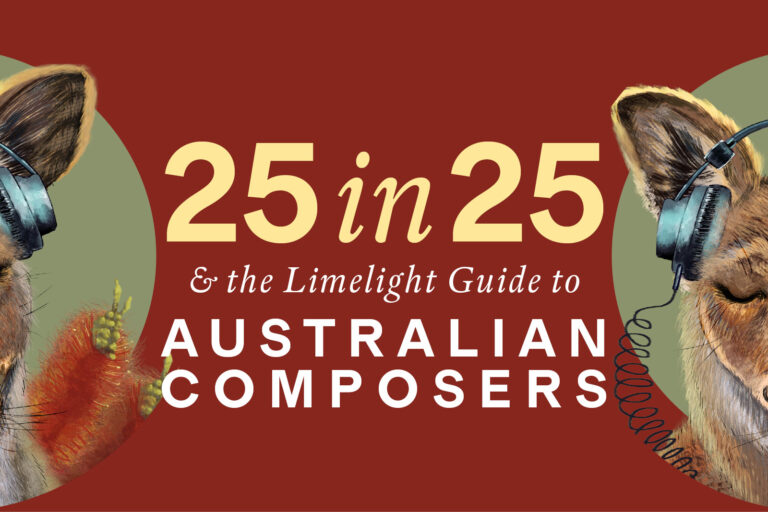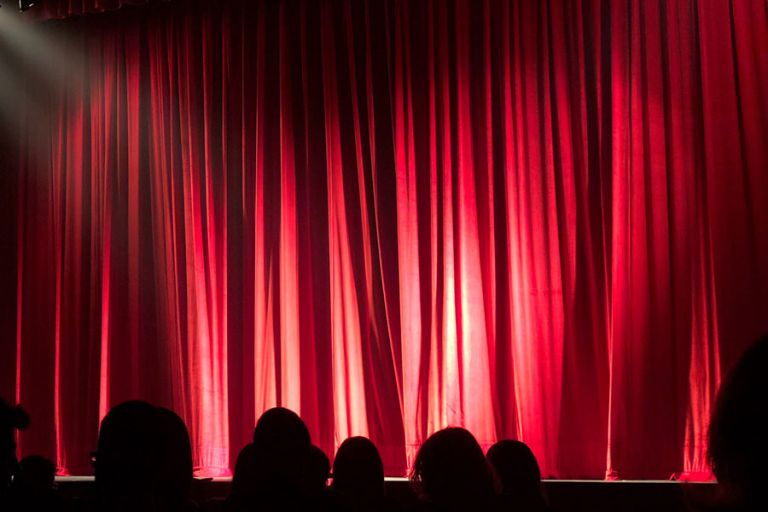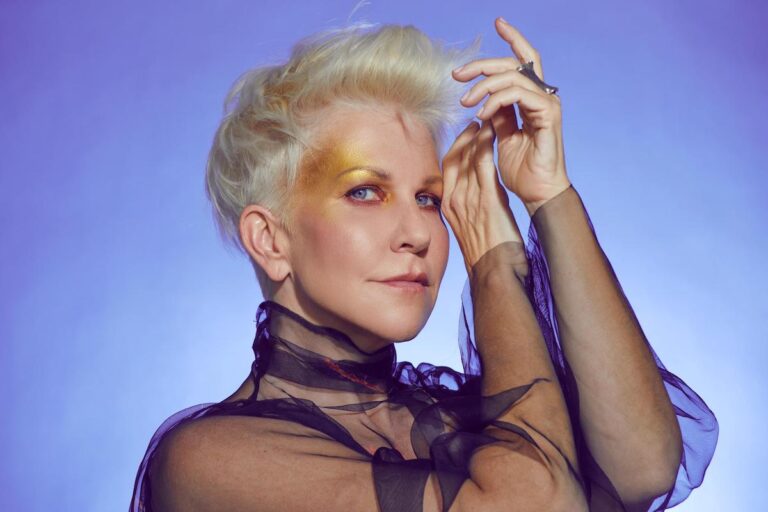What is ‘flow’? And more importantly, perhaps, how do you find it?
The alto sax genius Charlie Parker had his theory:
“You’ve got to learn your instrument. Then, you practise, practise, practise. And then, when you finally get up there on the bandstand, forget all that and just wail.”
“Just wail.” Parker made it sound so easy.
But what exactly is happening in the brain when a musician (or writer, mountain climber or basketballer) enters the vaunted ‘flow’ state?
The term was first described in scientific literature by pioneering University of Chicago psychologist Professor Mihaly Csikszentmihalyi, noting it as a period when “people are so involved in an activity that nothing else seems to matter; the experience is so enjoyable that people will continue to do it even at great cost, for the sheer sake of doing it.”
Though the idea of creative ‘flow’ has embedded itself in popular culture in the years since Csikszentmihalyi published his 1990 book Flow: The Psychology of Optimal Experience, there has been little to no scientific consensus on what it is – until now.
A recent study produced in Drexel University’s Creative Research...
Continue reading
Get unlimited digital access from $4 per month
Already a subscriber?
Log in










Comments
Log in to join the conversation.